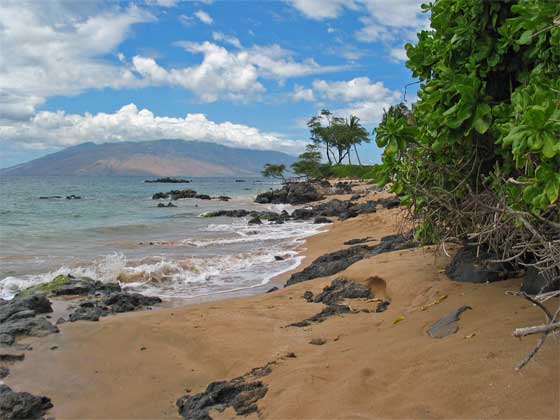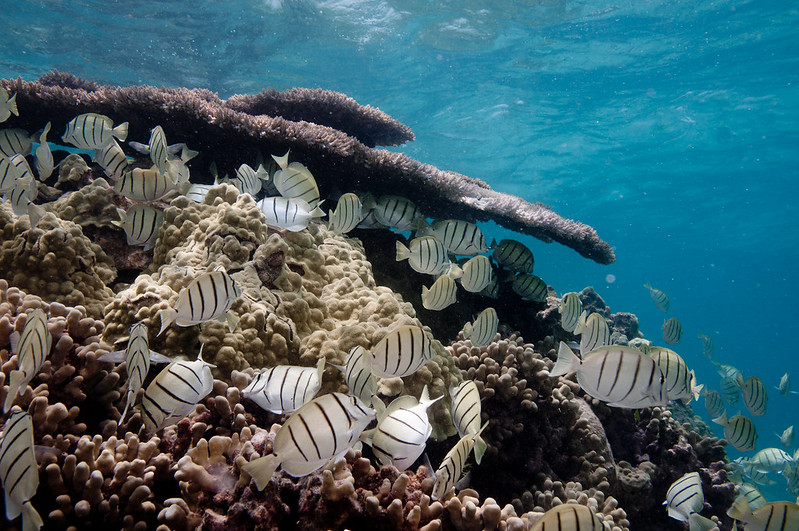Fire Blanketed Lahaina in Toxic Debris. Where Can They Put It? – the New York Times

Crews are sending thousands of truckloads of debris to a temporary disposal site (in Olowalu)..The coast of Olowalu is popular with snorkelers and filled with abundant sea life. In 2017, the coral reef offshore became a focal point for protection by the nonprofit Mission Blue, which advocates to protect the ocean. The organization said the reef acts as a sort of nursery to enhance reefs on other islands nearby. It also supports a large population of manta rays. “It’s environmentally precious,” said Tom Gruber, an adviser to Mission Blue. “It’s like Yosemite. You wouldn’t put a toxic waste dump upstream of Yosemite…”
Popular Maui beaches remain open despite no official word they’re safe – SFGATE

Nearly six months after the Lahaina wildfire on Maui, questions remain about how ongoing contamination from the burn zone may be affecting the shoreline of West Maui — even as locals, and an increasing number of tourists, continue to swim and surf at beaches…
The overwhelming plastic waste Hawaii visitors leave behind – SFGATE

Plastics like in-room toiletries provided by resorts, plus to-go containers and cutlery provided by restaurants, are used and discarded by guests day after day. A single hotel chain can use hundreds of millions of little bottles of shampoo and conditioner every year.
When visitors leave, a lot of these items end up in the trash, yet Hawaii doesn’t have the infrastructure to recycle the immense amount of plastic left behind…
Nearly 90% of Hanauma Bay’s beach could disappear by 2030, says UH study – Hawaii Public Radio

A new study from the Hawaiʻi Institute of Marine Biology at the University of Hawaiʻi at Mānoa is predicting most of Hanauma Bay’s beach will be underwater for a few days in 2030.
Researchers used models to show the impact of sea-level rise at the bay. They combined the lowest predicted rise of six inches with the island’s seasonal King Tides, when waves splash higher on the shore higher than normal.
It forecasts that 88% of the bay’s usable beach, or sandy portions, would be submerged in 2030…
Frustrated landowners push back against state’s ‘managed retreat’ approach to rising seas – Hawaii News Now

Citing advances in erosion control technologies, a coalition of oceanfront property owners are urging the state to give them more weapons in their battle against beach erosion…
But state officials and climate change experts said barriers such as sea walls will destroy the state’s beaches…
Climate Change Is Threatening Hawaii’s Coral Reefs. So They Called the Insurance Guy – the New York Times

As climate change makes coastal storms more destructive, an environmental group is trying a new approach to protecting Hawaii’s coral reefs. It could become a model for defending natural structures around the country — if it works…
